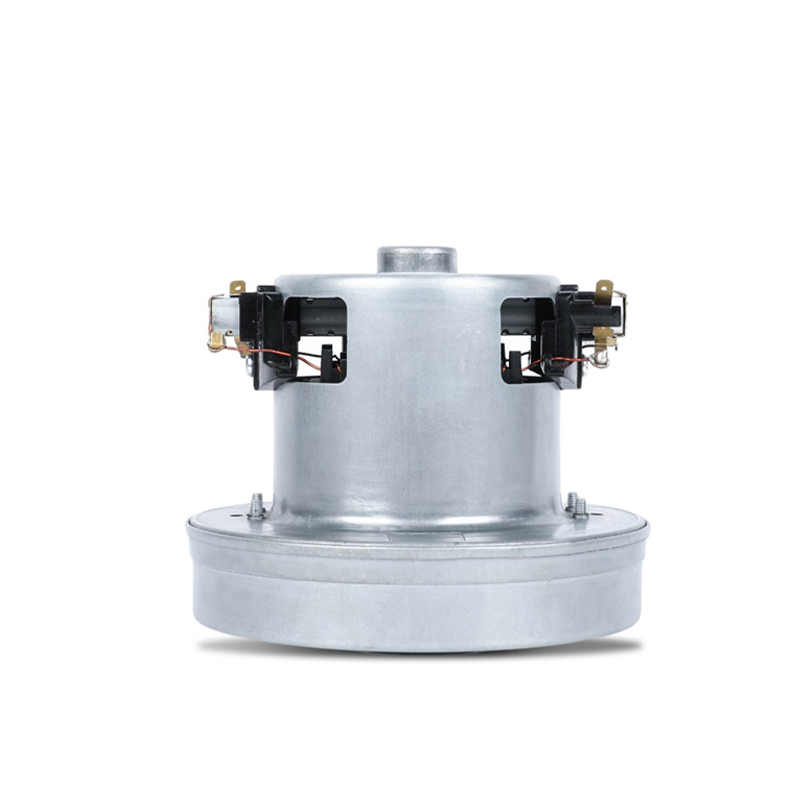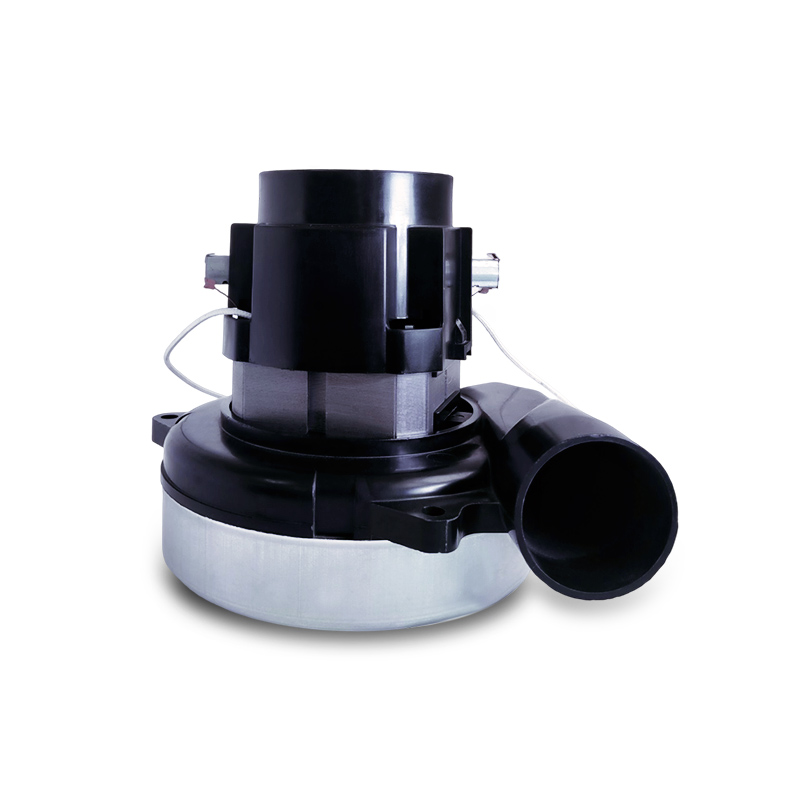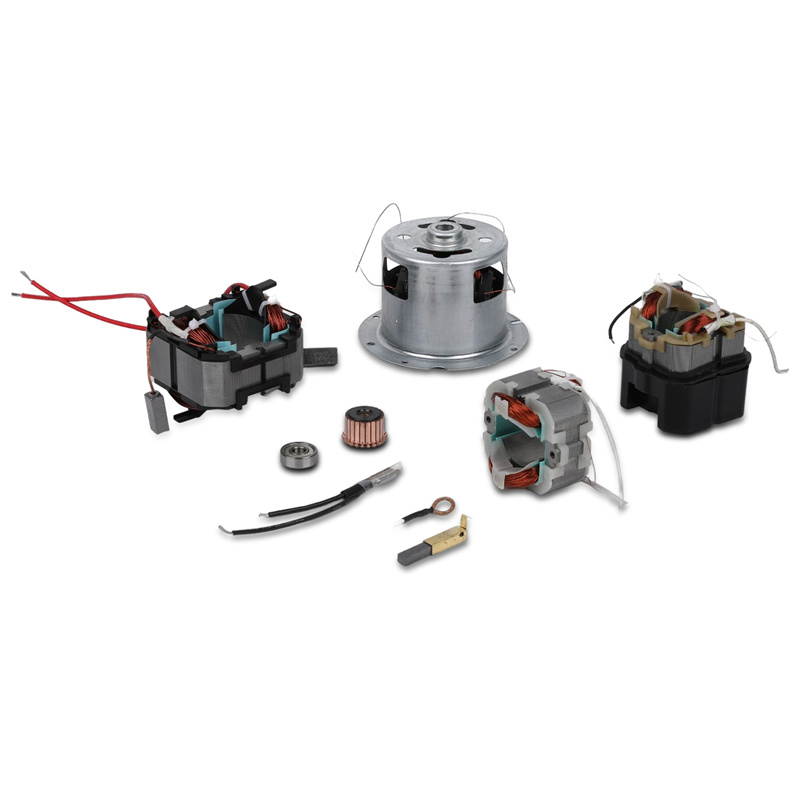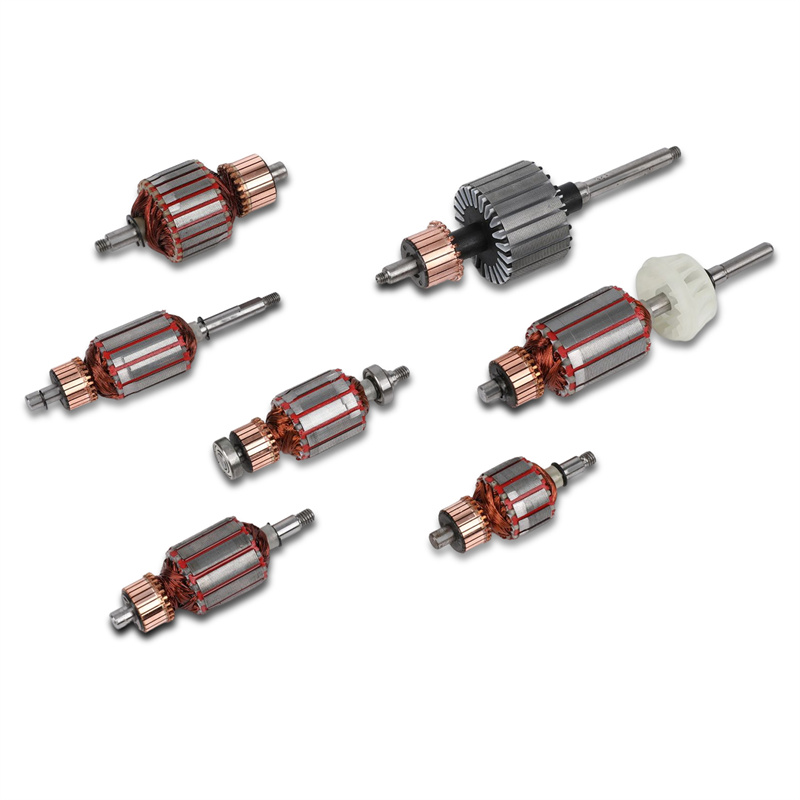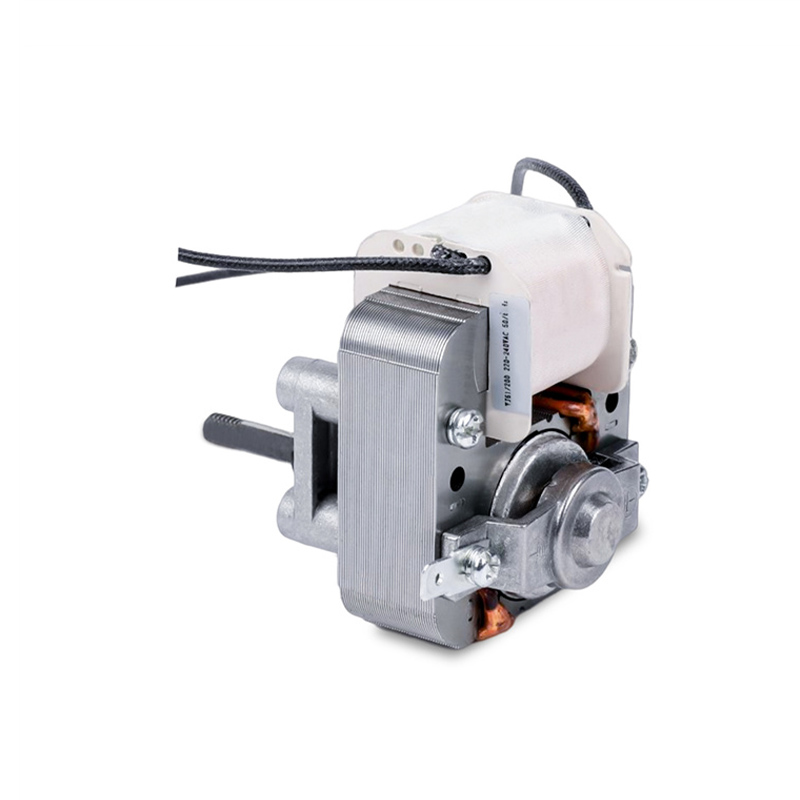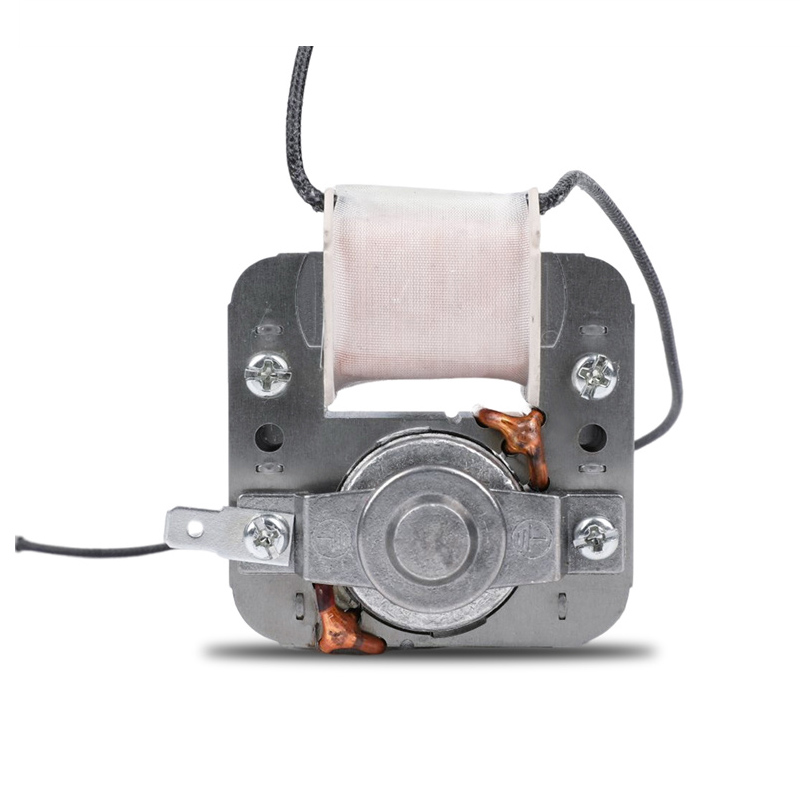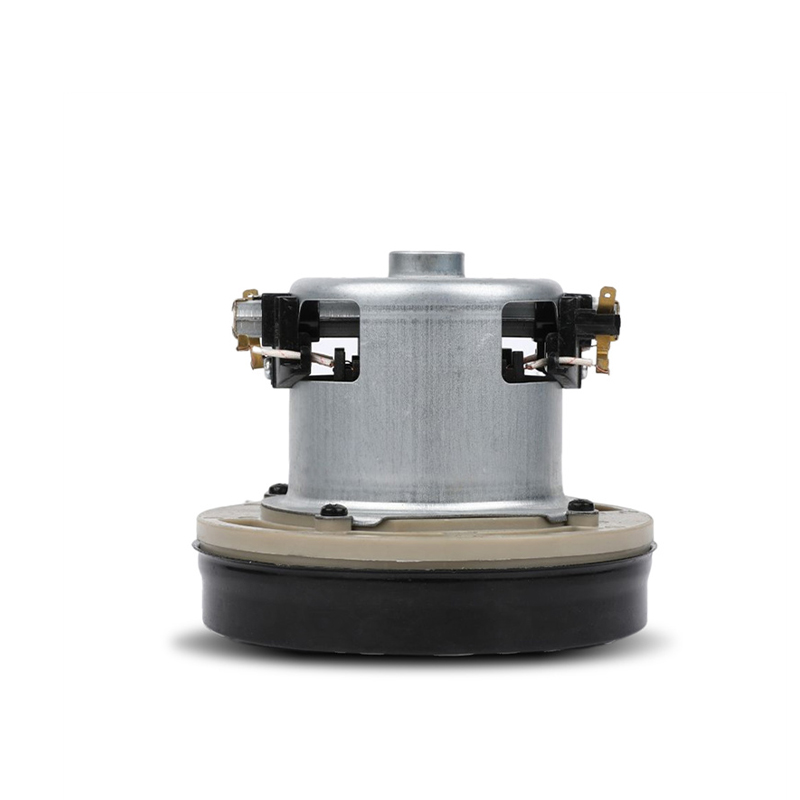The Starting Mechanism in Shaded Pole Motors
In the world of electric motors, the ability to start reliably and without external assistance is a highly desirable feature, and shaded pole motors excel in this regard.
Self-Starting Principle:
The self-starting capability of shaded pole motors is one of their defining characteristics. Unlike some other types of single-phase motors that require external devices like capacitors or centrifugal switches to initiate rotation, shaded pole motors possess an ingenious design that allows them to start on their own when connected to an AC power source.
Role of the Shading Coil:
At the heart of the starting mechanism in shaded pole motors is the shading coil. This component is a critical element that sets shaded pole motors apart from other single-phase induction motors. The shading coil is typically made of copper or aluminum wire and is wound around a portion of the stator pole, often positioned near the rotor's surface.
Creation of Phase Shift:
The key to the self-starting ability of shaded pole motors lies in the creation of a phase shift in the magnetic field within the motor. This phase shift is a result of the presence of the shading coil and is instrumental in initiating rotor movement.
Here's how the shading coil achieves this phase shift:
As AC voltage is applied to the main winding of the motor, it generates an alternating magnetic field around the stator poles. This magnetic field undergoes continuous polarity changes in sync with the AC voltage, reversing direction according to the sinusoidal waveform of the applied power.
However, the shading coil, encircling a portion of the stator pole, disrupts the uniformity of the magnetic field. It creates an imbalance by causing the magnetic field to be weaker in the section of the stator pole where the shading coil is located. This weakened magnetic field in the shaded region is crucial for the starting mechanism.
Starting Process:
The starting mechanism in shaded pole motors unfolds as follows:
Due to the phase shift introduced by the shading coil, the magnetic field in the unshaded region of the stator pole reaches its maximum strength slightly ahead of the shaded region. This phase difference creates an imbalance in the magnetic forces acting on the rotor.
According to Lenz's law, a fundamental principle of electromagnetic induction, a change in magnetic flux induces an electromotive force (EMF) in nearby conductors. In the rotor of the shaded pole motor, this EMF generates eddy currents.
These eddy currents, in turn, produce their own magnetic field. Importantly, this magnetic field generated by the rotor is influenced by the phase-shifted magnetic field in the stator.
As a result of the interaction between the rotor's magnetic field and the phase-shifted stator magnetic field, a torque is generated, causing the rotor to start moving.
Continuous Rotation:
Once the rotor begins to rotate, the phase shift between the magnetic fields in the shaded and unshaded regions persists. This continuous phase shift ensures that the rotor continues to experience a rotating magnetic field, which, in turn, maintains the motor's motion. The motor's continuous rotation is crucial for its ability to perform mechanical work, such as driving a fan or a pump.
Low Starting Torque:
While shaded pole motors are known for their self-starting capability, it's important to note that they typically produce relatively low starting torque. This characteristic makes them best suited for applications where a gentle and gradual start is acceptable. Shaded pole motors may not be suitable for tasks that require high initial torque, such as starting heavy machinery or lifting heavy loads.


 English
English Deutsch
Deutsch Español
Español 中文简体
中文简体